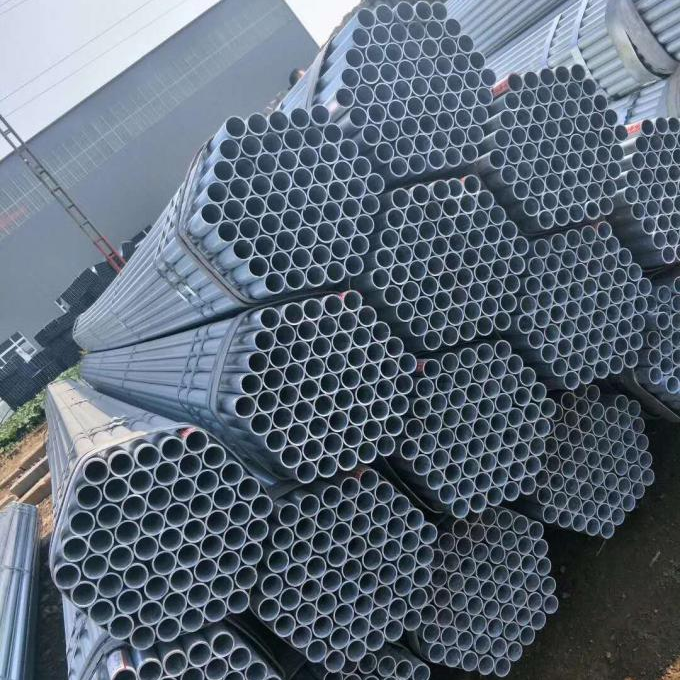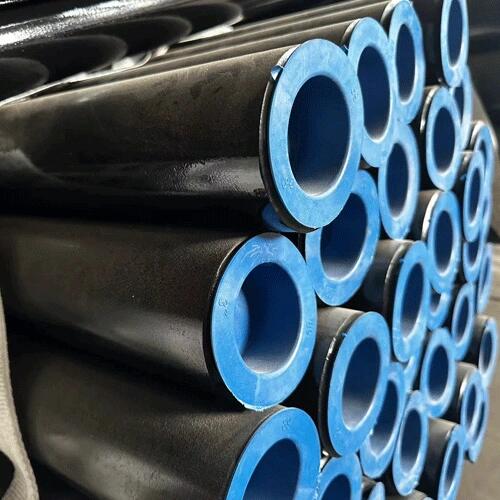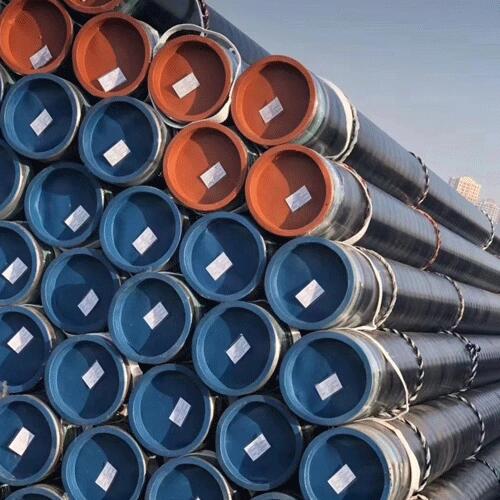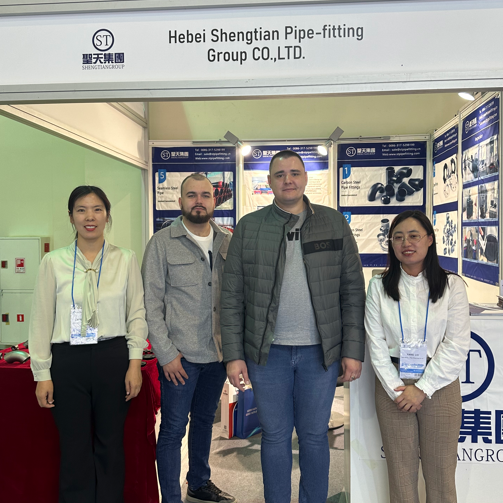In the steel industry, ASME SA269 Stainless Steel Seamless pipes are widely used in construction, chemical industry, petroleum, electricity, and other fields because of their corrosion resistance, high strength, and elegant appearance.
The importance of degreasing ASME SA269 stainless steel pipes
During the manufacturing, transportation, and installation processes of stainless steel pipes, they may come into contact with various greases, such as lubricating oil, anti-rust oil, etc. If these greases are not removed in time, an oil film will form on the inner wall of the pipeline, affecting the normal use of the pipeline. First, the oil film can prevent the formation of oxide films on the inner walls of ASME SA269 stainless steel pipes, causing them to lose their anti-corrosion capabilities. Secondly, the oil film will also reduce the heat transfer efficiency of the pipeline and affect the normal operation of the thermal pipeline. In addition, the existence of the oil film will also increase the friction coefficient between the fluid medium and the inner wall of the pipeline, increasing the resistance to fluid transportation.
Therefore, to ensure the normal use of ASME SA269 stainless steel pipes, they must be degreased. The inner wall of the degreased pipe is smooth and clean, which can improve heat transfer efficiency, reduce fluid resistance, and extend the service life of the pipe.
Method of degreasing ASME SA269 stainless steel pipes
There are many methods for degreasing ASME SA269 stainless steel pipes. Common ones include chemical degreasing, physical degreasing, and manual degreasing.
① Chemical degreasing: Use chemicals to react with grease to decompose it into water-soluble substances, and then rinse it with water. Chemical degreasing has high efficiency and is suitable for degreasing large stainless steel pipes. It should be noted that there are many types of chemical degreasing agents, and you should choose a degreasing agent suitable for stainless steel pipes to avoid corrosion of the pipes.
② Physical degreasing: Use methods such as heating and high-pressure water jets to remove grease from the inner wall of the pipeline. The physical degreasing method is non-corrosive to pipelines and is suitable for stainless steel pipelines of various materials. Among them, thermal degreasing is to heat the pipe to a certain temperature to soften the grease and fall off the inner wall of the pipe; high-pressure water jet degreasing is to use a high-pressure water gun to powerfully flush the inner wall of the pipe to wash away the grease.
③ Manual degreasing: Use a cleaning cloth, cotton yarn, and other hand tools to wipe the inner wall of the pipe to remove grease. Manual degreasing is suitable for degreasing small stainless steel pipes or local areas. Due to the low efficiency of manual degreasing, it is not practical for large ASME SA269 stainless steel pipes.
ASME SA269 Stainless Steel Seamless pipes often need to be degreased during installation and use to ensure their long-term stable operation.
 How to apply hot dipped galvanized steel pipe?
How to apply hot dipped galvanized steel pipe?
 Why should Seamless steel pipes be epoxy powder coated?
Why should Seamless steel pipes be epoxy powder coated?
 ASTM A106 Thick-walled steel pipe production steps
ASTM A106 Thick-walled steel pipe production steps
 Shengtian Group successfully participated in the Russian Oil and Gas Exhibition
Shengtian Group successfully participated in the Russian Oil and Gas Exhibition